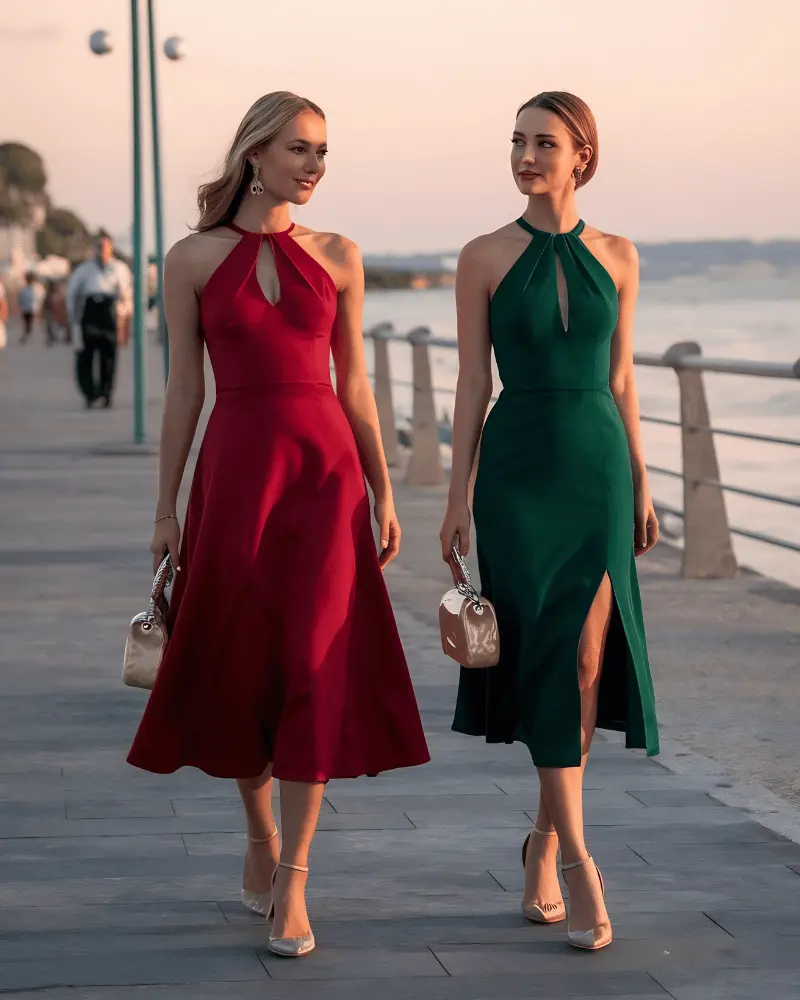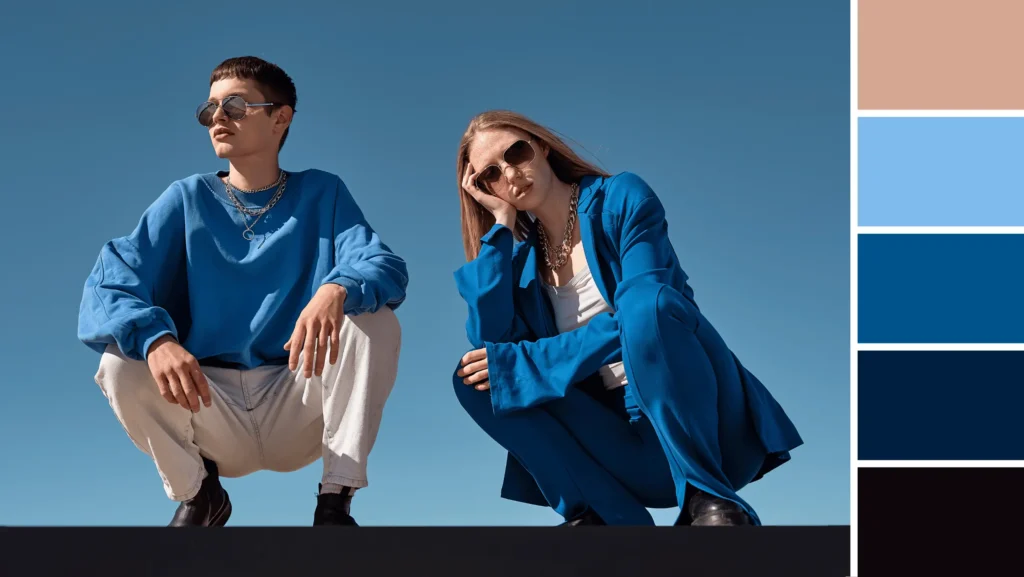When it comes to putting together outfits that are not only eye-catching but also balanced and harmonious, complementary colors are your secret weapon. Understanding how to use them in fashion can elevate your style and ensure that every outfit you wear stands out in the best way. So, what exactly are complementary colors, and how can you use them to create striking fashion looks? Let’s break it down.

What Are Complementary Colors?
Complementary colors are pairs of colors that sit opposite each other on the color wheel. When placed next to each other, they create high contrast, vibrant looks. These combinations are dynamic and can instantly add excitement and balance to your outfit.
Here’s a simple way to think about them:
- Red and Green
- Blue and Orange
- Yellow and Purple
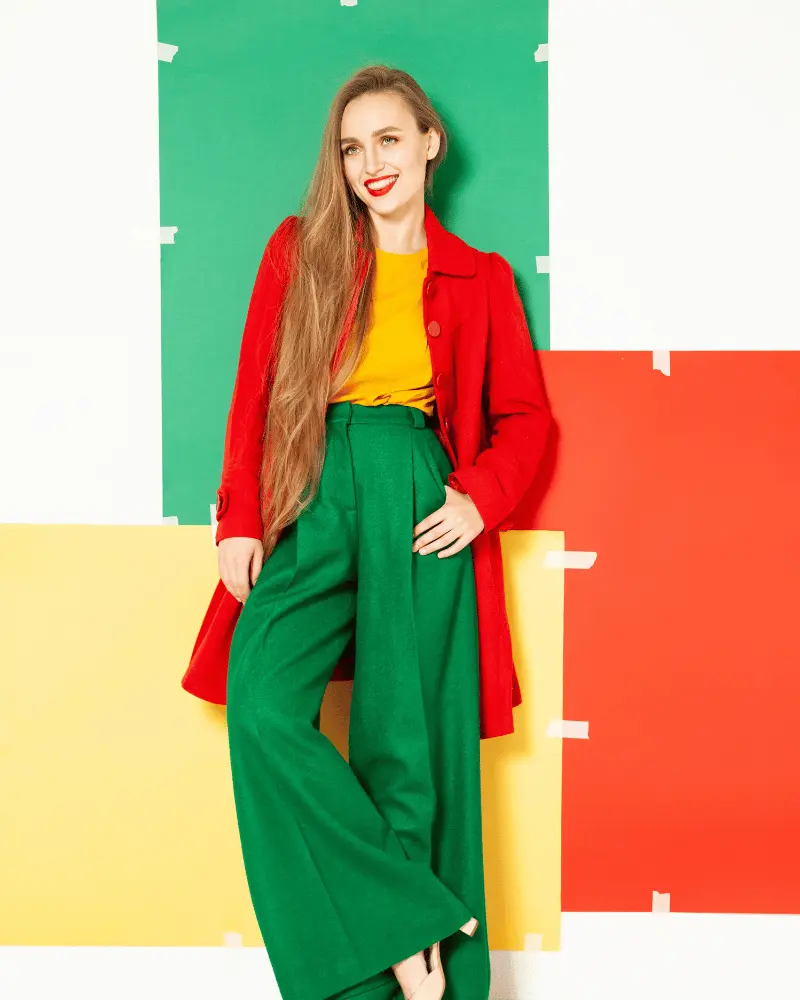
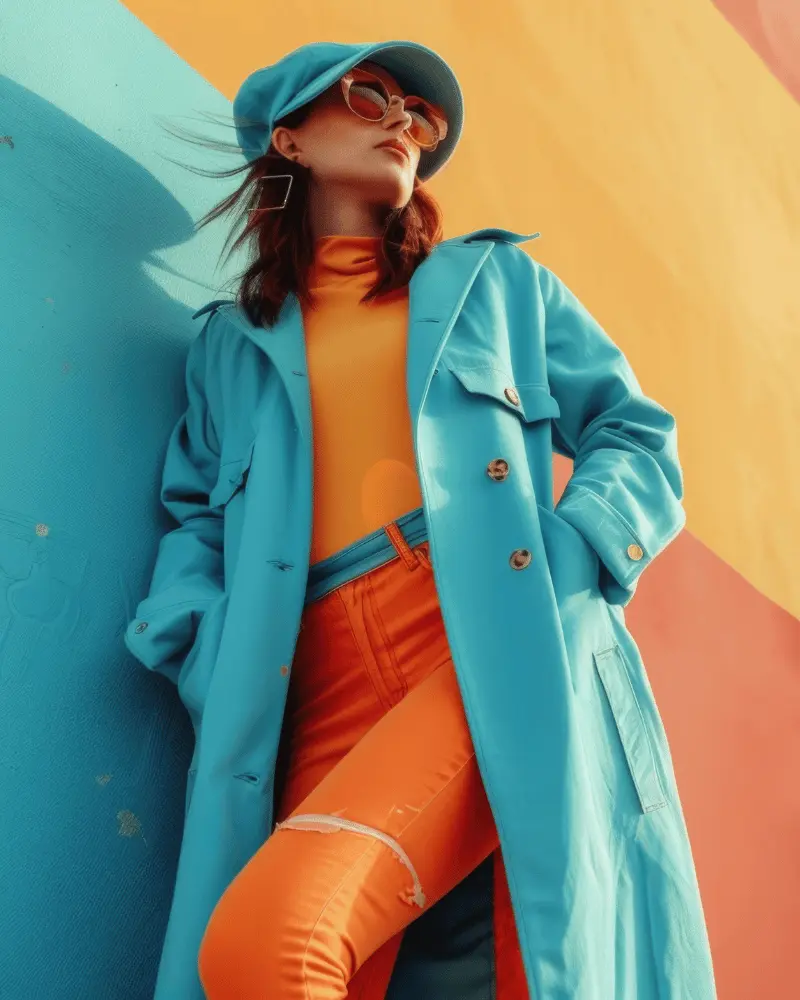
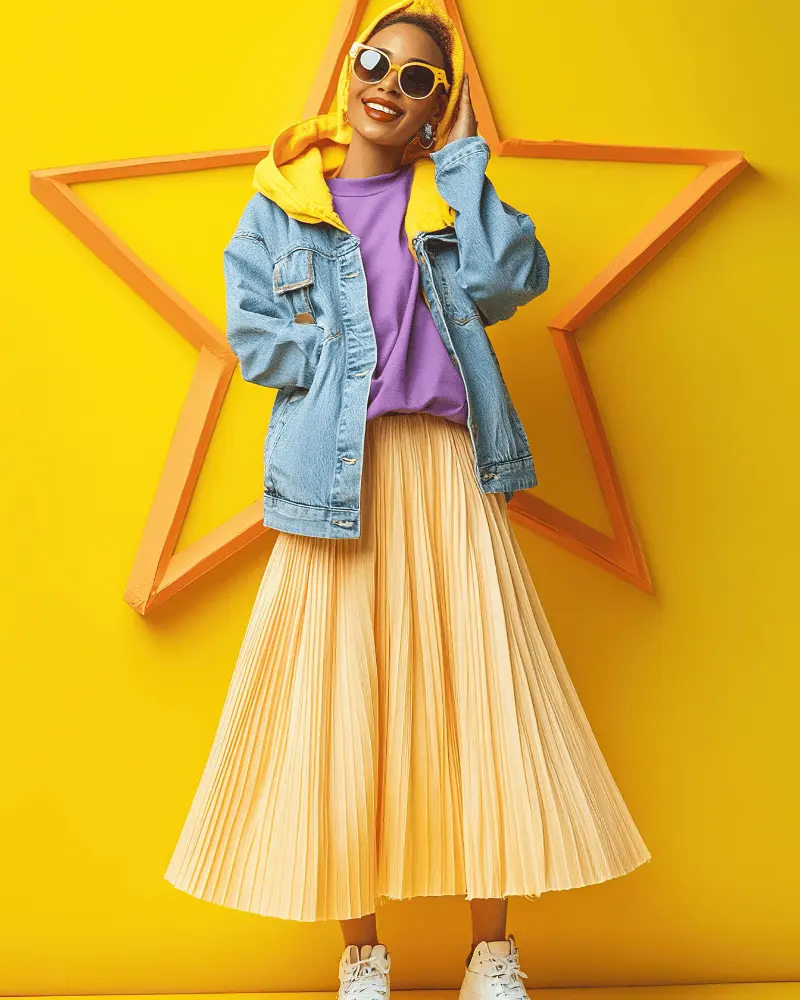
These pairs of colors, when combined, bring out the richness of each other, creating visual harmony. But how do you incorporate these bold combos into your everyday wardrobe?
How to Wear Complementary Colors in Fashion
At first glance, complementary color combinations might seem a bit intimidating—after all, they’re highly contrasting. But once you understand how to pair them right, you’ll be creating outfits that pop in all the right ways.
1. Go Bold with Accessories
One of the easiest ways to introduce complementary colors into your look is through accessories. These small pops of color can complement your outfit without overwhelming your look.
- Example: A simple white dress with bright red shoes and a green handbag. The red and green accessories create a vibrant contrast that adds interest to an otherwise neutral outfit.
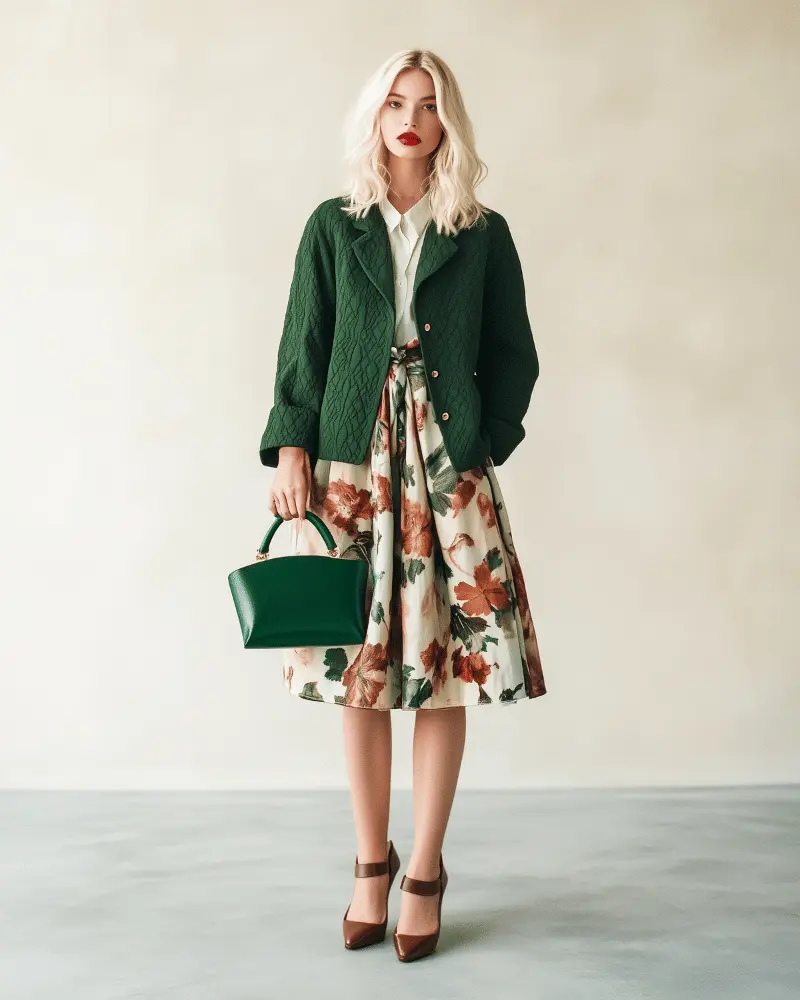
2. Use One Color as the Base
If you want a more balanced, subtle approach, choose one complementary color to dominate your outfit, and use the other as an accent.
- Example: A green blouse paired with a purple scarf or purple earrings adds a pop of color without being too loud.
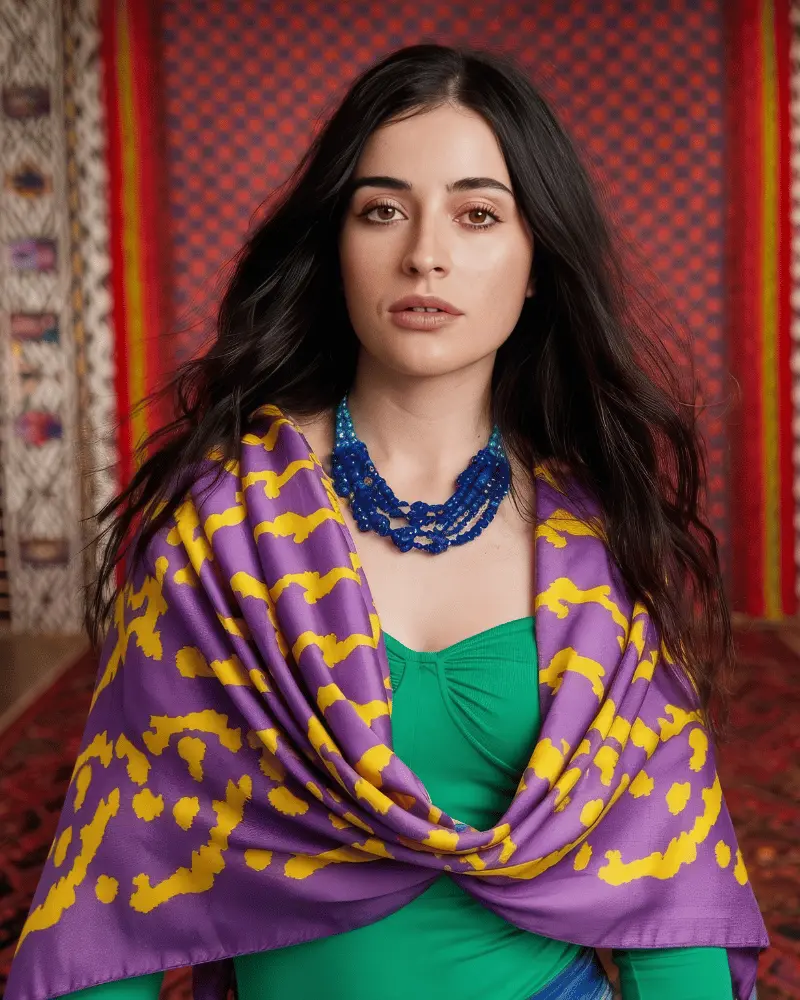
3. Try Color Blocking
Color blocking is a great way to experiment with complementary colors. By pairing large sections of complementary hues together, you create a chic and modern look that is bold yet sophisticated.
- Example: A blue top paired with an orange skirt for a trendy, statement-making outfit.
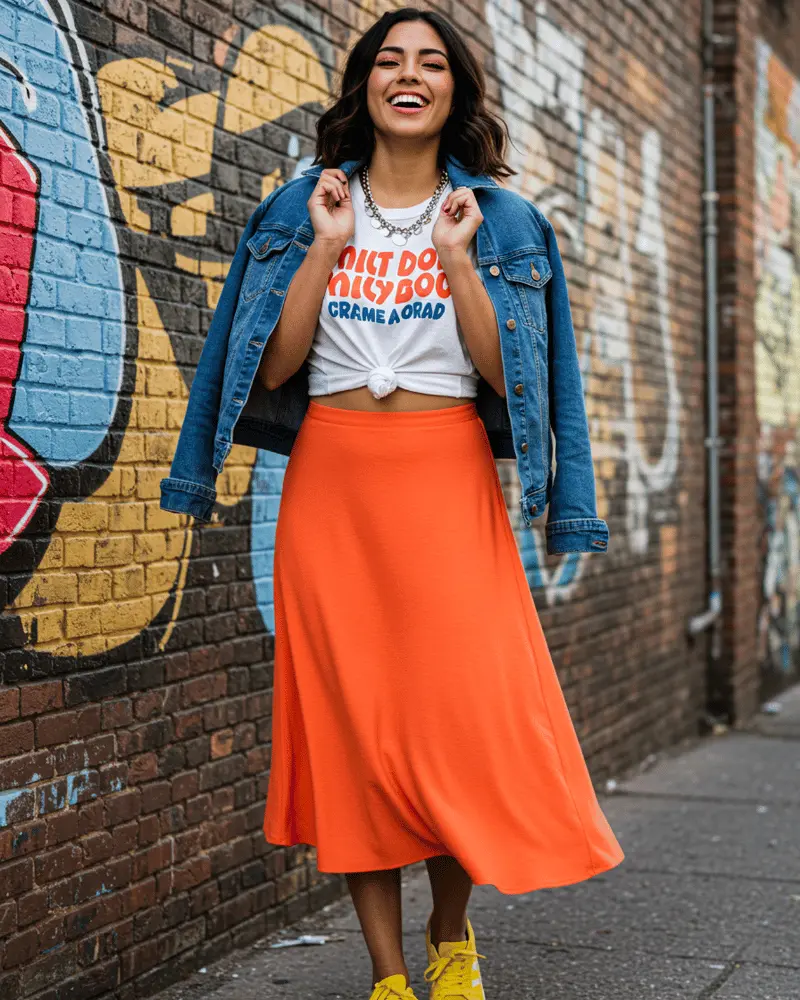
4. Mix in Neutrals for Balance
If you’re new to using complementary colors, try mixing them with neutrals like black, white, or beige to tone down the intensity. This will help keep the look balanced.
- Example: A blue top with a yellow jacket and black jeans. The black jeans tone down the boldness of the blue and yellow, making the outfit wearable for more casual settings.
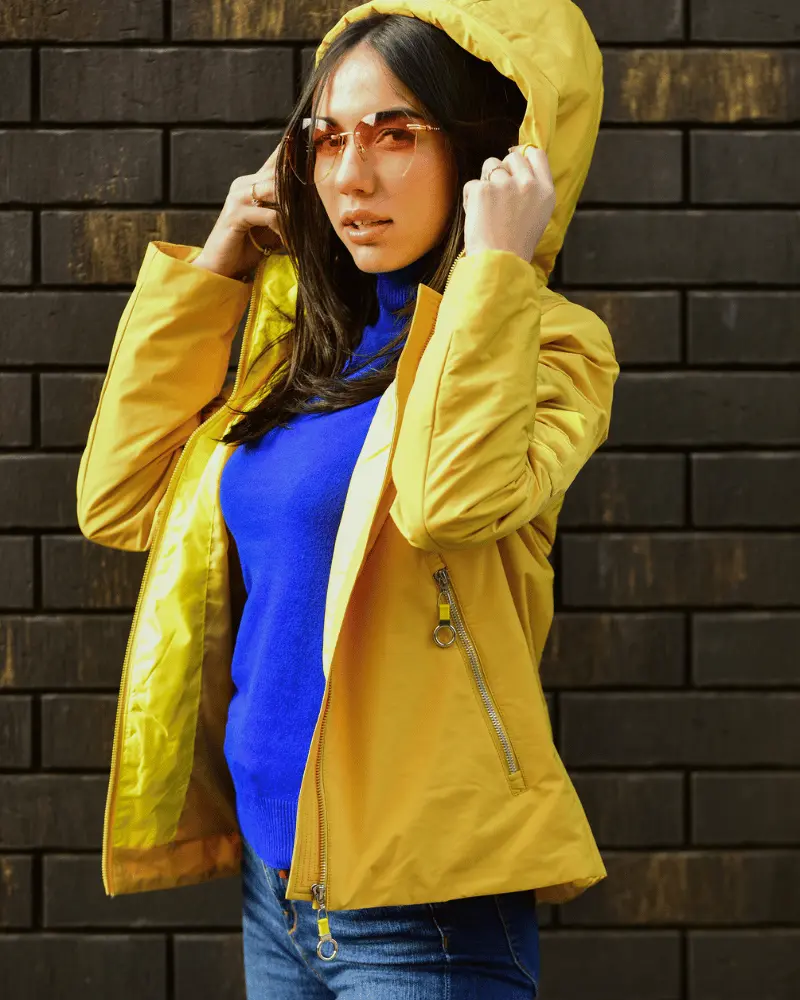
Complementary Colors for Different Seasons
Not all complementary color combinations work equally well in every season. Let’s take a look at how to adapt these pairs for different times of the year.
Spring and Summer
In warmer months, lighter versions of complementary colors work best, as they evoke a fresh, breezy feeling.
- Yellow and Purple: Think soft yellow tops with lavender skirts or dresses—perfect for the springtime!
- Orange and Blue: Light, airy blues paired with peach or coral shades create an ideal summer look.

Fall and Winter
During the cooler months, deeper, richer shades of complementary colors add warmth to your outfits.
- Red and Green: Deep red paired with forest green or emerald works beautifully for fall and winter wardrobes.
- Blue and Orange: Darker blue tones paired with rust-orange accessories or outerwear can keep your look stylish and cozy.
Avoid Overdoing It: How to Balance Complementary Colors
While complementary colors are stunning, the key to making them work in fashion is moderation. Too much of one color can overwhelm the outfit. Here’s how to balance them:
- Keep the Rest of Your Outfit Simple: If you’re wearing a bold complementary color combo, balance it out with neutral clothing items, such as a white blouse or black pants.
- Add Layers: Layering complementary colors with subtle pieces (like jackets or scarves) allows you to experiment without going overboard.
- Limit the Pairing to One or Two: Instead of going all-out with a complete ensemble of complementary hues, use one as the main feature and keep the other as an accent.
Complementary Colors Based on Your Skin Tone
Just like with other color choices, complementary colors can be enhanced or softened depending on your skin tone. Here’s a quick guide:
- Warm Undertones: Warm-toned people tend to look great in the red/green, orange/blue, and yellow/purple pairs. These colors complement the warmth of their skin, adding vibrancy.
- Cool Undertones: Cool-toned people should try shades like blue/orange, purple/yellow, and green/red to create contrast while enhancing their skin tone.
- Neutral Undertones: If you have neutral undertones, you have the flexibility to wear both warm and cool complementary colors. Feel free to experiment with different combinations!
Incorporating Complementary Colors into Your Wardrobe
Now that you understand the basics of complementary colors, here are a few practical tips for integrating them into your wardrobe:
Start with the Essentials
- Invest in key wardrobe pieces like jackets, shoes, and bags in complementary colors. These can be paired with a variety of outfits.
Don’t Be Afraid to Experiment
- Complementary colors are a great way to have fun with your wardrobe. Don’t be afraid to try new combinations!
Go for Subtle Pairings
- If you’re not yet comfortable with bold contrasts, start small with accessories or a single garment in a complementary hue.
Conclusion: Embrace the Power of Complementary Colors
Complementary colors are a powerful tool in fashion, offering a way to create visually stunning and harmonious outfits. Whether you’re pairing them for a bold look, experimenting with accessories, or adding seasonal flair to your wardrobe, the possibilities are endless. With a little practice, you’ll soon be able to pair colors like a pro, transforming your outfits into works of art.
Remember, fashion is all about self-expression, so don’t be afraid to embrace color and have fun with your looks. By using complementary colors in your wardrobe, you’re sure to turn heads and leave a lasting impression!
